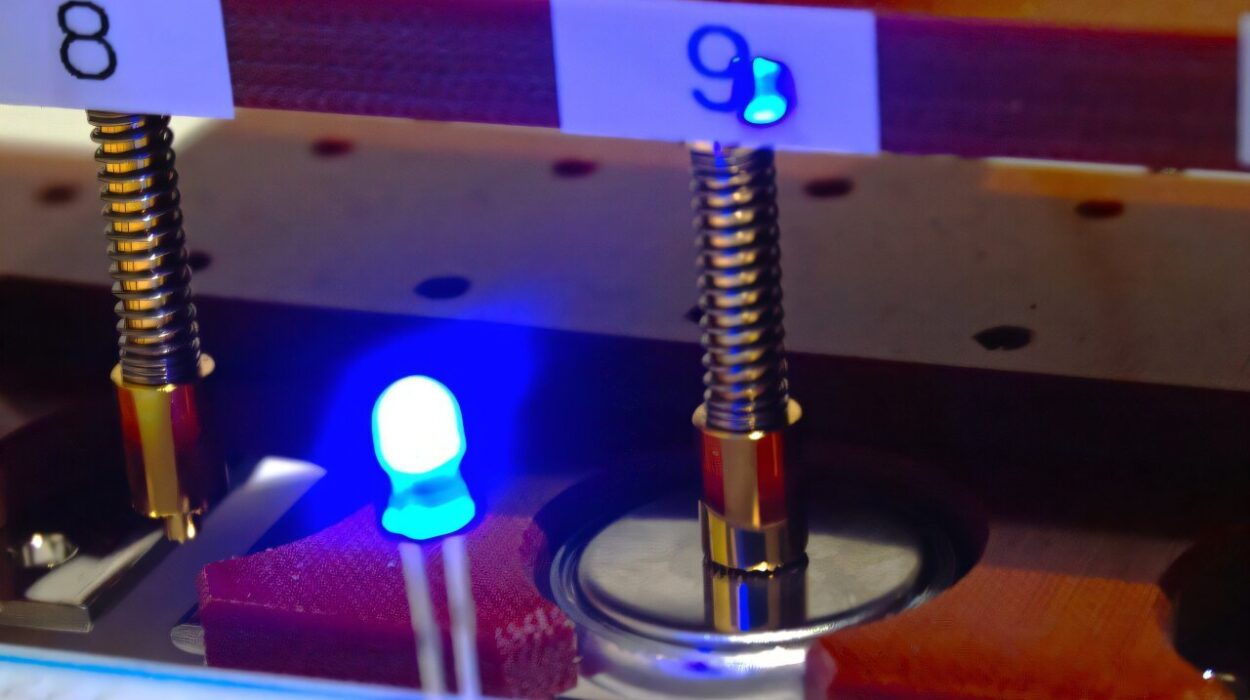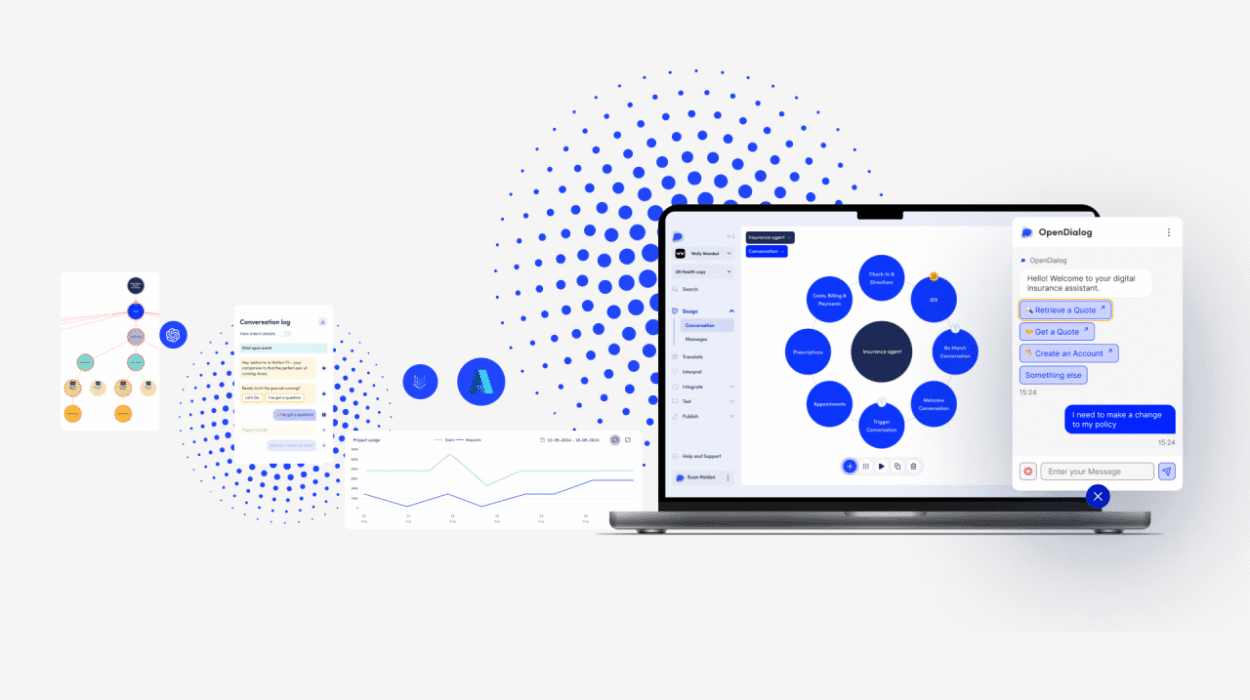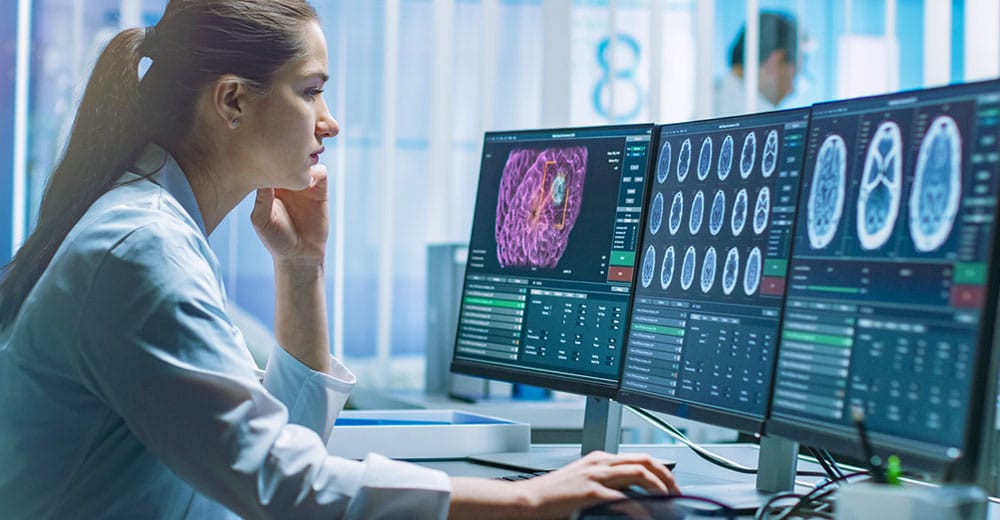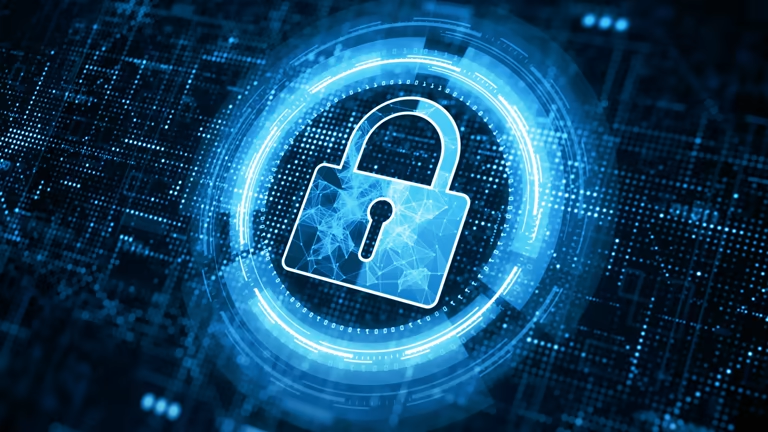In a brightly lit gallery in New York, beneath the gaze of a curious crowd, hangs a portrait that has never been touched by a human hand. It’s haunting—dark eyes peering from a blur of brushstrokes, a half-smile that’s neither joyful nor sorrowful. At first glance, it resembles the work of a 19th-century painter. But this face never existed. The artist behind it has no heartbeat, no childhood, no memories—only code.
This is not fiction. In 2018, a portrait titled Edmond de Belamy, created by a generative adversarial network (GAN), sold for over $430,000 at Christie’s. The signature on the canvas was an equation. The message was clear: the age of AI-generated art had arrived. But it left behind a question still echoing through galleries, studios, and academic halls—when AI paints a masterpiece, is it really art?
From Brushes to Bytes
Art, for millennia, has been the expression of the soul. From the ochre figures on cave walls to the melancholic eyes of a Van Gogh, art has always been seen as a mirror of human emotion. Creativity, we believed, was uniquely human—something born from joy, pain, memory, and experience.
Then along came algorithms.
Artificial intelligence didn’t arrive in the art world overnight. Its entry was slow and experimental. At first, it was a tool—software to smooth lines, suggest color palettes, or generate patterns. But with the rise of deep learning, AI evolved from assistant to artist. And it began to create in ways that defied expectations.
Today, neural networks can mimic the style of any artist—turning a smartphone photo into a Picasso or a Monet. They can generate surreal dreamscapes, design fashion, compose symphonies, even write poetry. But the most intriguing development has been AI’s ability to make visual art that appears not copied or filtered, but original. To do this, machines had to learn the language of creativity itself.
Inside the Machine’s Mind
The AI that paints isn’t thinking in pictures. It’s not imagining a scene, or feeling an emotion. It works with numbers—pixels, weights, probabilities. So how does it create something that feels… human?
The answer lies in a branch of machine learning known as Generative Adversarial Networks. A GAN consists of two neural networks: the generator and the discriminator. The generator tries to create images that look real; the discriminator tries to tell whether the image is fake or not. Over time, through thousands of iterations, the generator gets better at fooling the discriminator. What emerges are images that are increasingly realistic—and sometimes, uncannily artistic.
These systems are trained on vast datasets of real artwork—thousands or millions of images from across styles and centuries. The AI isn’t copying, but learning patterns, shapes, moods. It absorbs the grammar of visual storytelling and recombines it in new ways. The result can be eerie, beautiful, or completely bizarre.
But is it creative?
That depends on how we define creativity.
Is It Creativity or Calculation?
When a human paints, they bring more than skill—they bring a story. A memory of childhood. A moment of heartbreak. An inner world that spills onto the canvas. AI, we assume, lacks all of this. It has no biography, no emotional life.
Yet when you look at the results, it becomes harder to draw the line. Some AI-generated pieces evoke feeling. They seem to contain tension, movement, harmony. Viewers often can’t distinguish between human-made and AI-made images. That raises a troubling possibility: maybe the emotional power of art doesn’t come from the artist’s intent—but from the viewer’s interpretation.
Philosophers have long debated whether art is defined by its creator or its impact. If a work moves us, does it matter if it was painted by a person or generated by an algorithm? Is authenticity in the process, or in the experience?
There is no easy answer. But AI challenges us to rethink old assumptions. It reveals that creativity may not be a binary—human or not—but a spectrum, one where machines can increasingly find a place.
Learning from the Masters
AI doesn’t invent art styles from thin air. It learns from the giants.
AIs like DeepArt and DALL·E have been trained on enormous databases of existing artwork—every stroke of Rembrandt, every shimmer of Klimt. They absorb not just technique, but aesthetic philosophy. Some systems even learn to combine styles—what would a Van Gogh dreamscape look like in the cubist logic of Picasso?
This has given rise to a genre known as “style transfer,” where AI reimagines one image in the aesthetic of another. At first, it was a novelty—fun filters for photos. But it quickly became a playground for serious experimentation. Artists began using these tools not just to mimic the past, but to hybridize it, to remix centuries of visual culture into something startlingly new.
AI has become a kind of time traveler, an archivist, and an alchemist—merging Renaissance realism with modern abstraction, classical balance with digital chaos. In doing so, it blurs not just the boundaries of authorship, but of time itself.
The Human Behind the Code
But here’s a crucial fact: behind every AI artist is a human creator. Someone designs the model, chooses the data, tweaks the variables. They decide what the machine learns and how it performs. The AI doesn’t arise from nothing. It reflects human values, choices, biases—even unconscious ones.
This raises a fascinating paradox: AI art may appear autonomous, but it is deeply shaped by human intent.
In this sense, AI is less a replacement for the artist and more an extension of the artist’s mind. It becomes a collaborator—one that can surprise, provoke, and even challenge its human partner. Many artists describe working with AI as a dialogue, where the machine proposes ideas the human never would have considered.
One example is the Turkish-American artist Refik Anadol, who uses AI to sculpt vast, fluid data landscapes. His works are immersive, dreamlike, and built entirely from algorithmic processes. Yet they are unmistakably shaped by his aesthetic vision.
He doesn’t see AI as a threat to human creativity. He sees it as a tool that expands it—like the camera once did for painting, or the synthesizer for music.
The Ethical Canvas
Yet the rise of AI art brings ethical dilemmas.
Who owns an AI-generated painting? The coder who wrote the algorithm? The artist who curated the output? The company that trained the model?
What happens when an AI is trained on the copyrighted work of thousands of artists, without their permission? Is this innovation—or digital plagiarism?
These questions have become legal battlegrounds. In 2023, several lawsuits were filed against AI companies by illustrators and photographers whose work had been used to train image models. The plaintiffs argued that their styles were being replicated and monetized without consent. The companies countered that training data was “transformative,” and therefore fair use.
The debate is ongoing, and the stakes are high. At the heart of it is a question of labor and recognition. In a world where AI can flood the market with high-quality art, where does that leave human artists struggling to earn a living?
For some, AI is a democratizer—giving more people access to creative tools. For others, it’s a disruptor that threatens to devalue human craftsmanship. Both views are valid, and both reflect the deep complexity of our relationship with technology.
The Art World Responds
The art world, long skeptical of digital media, has had to confront this new reality. AI-generated works have entered major exhibitions. Collectors have begun paying serious money for pieces created entirely by machines. Museums are experimenting with AI-curated shows. Critics are debating how to evaluate a work when the “artist” is a piece of software.
Not everyone is convinced.
Some see AI art as empty spectacle—soulless, mechanical, derivative. Others see it as a genuine frontier, forcing us to question what art really is. And still others see it as a mirror—one that reflects not the machine’s mind, but our own.
When we look at AI art and feel moved, is it because the machine has created something deep—or because we, in our longing for meaning, bring that depth ourselves?
The Psychology of Perception
Neuroscience adds another layer to the mystery.
Studies have shown that when people view a painting, their brain activity often reflects emotional engagement, pattern recognition, and memory retrieval. Interestingly, these responses occur whether the viewer knows the work was made by a human or by AI. In some cases, people even rate AI art as more creative than human art—especially when they don’t know its origin.
This suggests that our aesthetic experience is less about authorship and more about perception. The brain seeks meaning, pattern, resonance. If an image stirs these reactions, it can be judged as beautiful or profound—regardless of how it was made.
But there’s also a cognitive bias at play. When people learn that a work was made by a machine, they often downgrade its artistic value. This is called the “algorithm aversion” effect. We want to believe that creativity is uniquely human. We’re uncomfortable with the idea that a machine can mimic—or surpass—our imaginative powers.
Yet as AI improves, that discomfort is increasingly being challenged.
Beyond Imitation: Toward Machine Imagination
One of the most exciting frontiers is the idea of machine imagination—not just recombining known styles, but generating entirely new ones.
Recent models like DALL·E 3 and Midjourney can create images from textual prompts that are wildly surreal, beautifully detailed, and unlike anything in the historical record. You can ask for “a dragon made of violins flying through a nebula of sheet music” and get a startlingly coherent visual. It’s not just imitation. It’s synthesis.
Are these works glimpses of a new kind of intelligence? Or are they just clever simulations of our own creativity?
Researchers are still grappling with that question. Some believe AI may one day develop its own “aesthetic intuition”—a way of internally evaluating what is visually pleasing or meaningful. Others believe that true creativity requires consciousness, which machines do not possess.
But either way, the genie is out of the bottle. AI is no longer just a tool—it’s a participant in the evolution of art.
The Future: Co-Creation, Not Competition
Rather than framing AI as a rival, many thinkers propose a more hopeful vision: one of collaboration.
Imagine an artist working with an AI that suggests thousands of compositions, color schemes, or conceptual ideas. The artist selects, curates, and refines. The result is a fusion of human intuition and machine innovation.
This is already happening. In fields from architecture to fashion to film, creatives are using AI to push boundaries, to test the limits of imagination. The machine becomes a kind of muse—one that never sleeps, never tires, and offers endless possibility.
Art, in this view, is not being automated. It’s being amplified.
Final Brushstroke: What It Means to Be Creative
At its core, the rise of AI in art forces us to confront a deeper question: what does it mean to be creative?
Is creativity the spark of inspiration that lights up a brain? Or is it the output—the thing that moves us, stirs us, makes us see the world anew?
Perhaps the truth is that creativity is not a possession, but a process. It can live in neurons or in code. It can come from memory or from data. What matters is not where it begins, but where it takes us.
When AI paints a masterpiece, it doesn’t do so alone. It draws on human knowledge, history, desire. It reflects back to us our own ideas, twisted and transformed. In that mirror, we may see not just the future of art—but the evolving story of ourselves.
And maybe, just maybe, that’s the greatest masterpiece of all.






